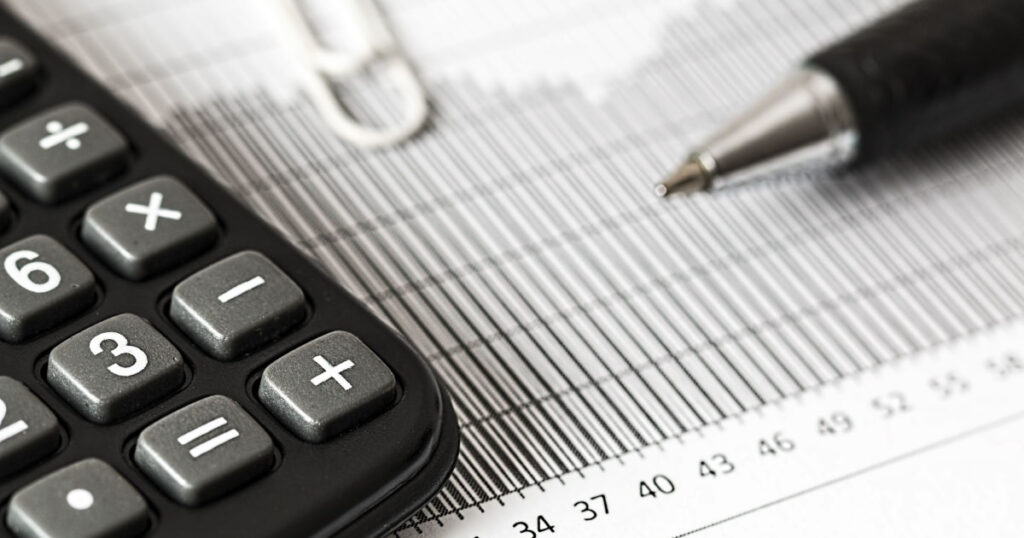For many Canadian homeowners aged 55 and over, the idea of a reverse mortgage brings up more questions than answers. It’s a financial tool surrounded by persistent myths and a fair bit of confusion. You’ve worked hard for your home, and the thought of putting that asset on the line can feel daunting.
This uncertainty often comes from outdated information or misconceptions about how these products work in Canada today. Many retirees value their financial independence and want to ensure they can maintain their lifestyle without becoming a burden on their families. At the same time, the desire to leave a meaningful inheritance is a powerful motivator.
This guide is here to cut through the noise. We will directly address the most common concerns we hear from homeowners just like you. By providing clear, straightforward answers, we aim to demystify the reverse mortgage and help you understand if it’s a suitable tool for your retirement plan. We’ll explore what happens to your home’s ownership and equity, why the interest rates are structured the way they are, and exactly how the loan is eventually repaid.
Do I Still Own My Home with a Reverse Mortgage?
This is, without a doubt, the most frequent and important question people ask. The answer is simple and absolute: Yes, you do.
When you take out a reverse mortgage, you retain full ownership and title of your home. You are not selling your house to the bank. Instead, a reverse mortgage works much like a traditional mortgage. The lender – such as the provider of the CHIP Reverse Mortgage – places a registered charge on your property’s title. This is the same legal process that occurs when you get a mortgage to buy a home.
You continue to live in your home and are responsible for maintaining it in good condition, paying property taxes, and keeping up-to-date home insurance. You have the freedom to renovate, garden, and enjoy your home just as you always have. You will never be asked to sell or move, provided you meet these obligations.
The loan is only repaid when you choose to move or sell the home, or when the last homeowner on the title passes away. Until then, you remain the owner.
What Happens to My Home's Equity?
Your home equity is the difference between your home’s market value and any debt held against it. It’s a critical part of your net worth, and it’s natural to want to protect it. A common fear is that a reverse mortgage will drain all the equity, leaving nothing for you or your heirs.
Here’s how it actually works:
Conservative Lending Protects Equity
First, reverse mortgage lenders in Canada are conservative. You can typically access up to 55% of your home’s appraised value. The specific amount depends on your age, your home’s location and type, and its current value. By not lending the full value, a significant equity buffer is preserved from day one.
The Balance Between Appreciation and Interest
Over time, two things happen simultaneously:
- The Loan Balance Grows: Because you aren't making regular payments, the interest on the loan is added to the principal balance, causing it to grow.
- Your Home’s Value Changes: Historically, real estate in Canada has appreciated over the long term.
The impact on your final equity depends on the relationship between these two factors. If your home’s value grows at a rate faster than the interest accrues on your loan, your equity can actually continue to increase. If the market is flat or declines, the loan balance will take up a larger portion of the home’s value, reducing your equity.
For example, let's look at a scenario:
- Home Value: $800,000
- Reverse Mortgage Taken: $250,000 (31% of the value)
- Interest Rate: Let's assume a rate of 7%
- Home Appreciation: Let's assume an average of 4% per year
After 10 years, the loan balance would grow to approximately $492,000. Meanwhile, the home’s value would have increased to about $1,184,000. In this case, the remaining equity would be around $692,000, still a substantial amount to be left to your estate.
While past performance is not a guarantee, this demonstrates how a significant portion of equity is often preserved for the future.
Why Are Reverse Mortgage Interest Rates Higher?
It’s true that interest rates for reverse mortgages are typically higher than those for traditional mortgages or a Home Equity Line of Credit (HELOC). This isn't arbitrary; it’s directly tied to the unique structure and flexibility of the product.
The Freedom of No Monthly Payments
The single most significant feature of a reverse mortgage is that you are not required to make any payments on the loan until you decide to move or sell. This provides immense financial flexibility, freeing up cash flow during your retirement years. For a traditional loan, the lender receives monthly payments, which steadily reduce their risk. With a reverse mortgage, the lender waits years – often decades – to be repaid. This long-term risk and the cost of deferred payment are priced into the interest rate.
The “No Negative Equity” Guarantee
Another critical feature built into all Canadian reverse mortgages is the no negative equity guarantee. This means that as long as you have met your obligations (like paying taxes and insurance), you or your estate will never owe more than the fair market value of your home when it is sold. If a housing market crash causes your home’s value to fall below the loan balance, the lender absorbs the loss. This is a powerful form of protection for you and your heirs, and the cost of providing this guarantee is factored into the rate.
When you consider that the money you receive is tax-free and that you gain the freedom from loan payments, the higher rate reflects the unique value and security provided.
When and How Is the Reverse Mortgage Repaid?
A reverse mortgage does not have a fixed repayment date. The loan becomes due when one of the following events occurs:
- You Sell the Home: If you decide to downsize or move for any reason, the loan is repaid from the proceeds of the sale.
- You Move Out Permanently: If the last remaining borrower moves into a long-term care facility or permanently relocates, the loan must be repaid.
- The Last Borrower Passes Away: After the last owner on the title dies, their estate is responsible for repaying the loan.
In the case of estate settlement, the heirs have several options. They are typically given a reasonable amount of time (often six months to a year) to repay the balance. They can:
- Sell the Home: The most common option is to sell the property. The loan is paid off from the sale proceeds, and any remaining equity belongs to the estate.
- Use Other Funds: If the heirs wish to keep the home in the family, they can use other assets from the estate or arrange their own financing to pay off the reverse mortgage balance.
Again, thanks to the no negative equity guarantee, your heirs will never be faced with a bill for more than the home’s value. They are not personally liable for any shortfall.
Putting It All Together
Understanding these key points helps reframe the reverse mortgage not as a last resort, but as a strategic financial tool for retirement. Products like the CHIP Reverse Mortgage allow you to access the wealth you’ve built in your home without the pressure of monthly payments or the stress of having to sell.
For many Canadian retirees, it offers a balanced solution—providing the tax-free cash flow needed to live comfortably, cover unexpected costs, or even help family members, all while ensuring you remain the owner of your home and preserve a legacy for your loved ones.
It’s about turning a non-liquid asset – your home – into a source of financial flexibility and peace of mind. If you’re exploring ways to improve your retirement finances, it’s worth moving past the myths and looking at the facts. To find out how a reverse mortgage could fit into your specific financial picture, the next step is to speak with a specialist who can provide personalized information.
Ready to explore your options with clarity and confidence? Contact me today to schedule a personalized consultation with a reverse mortgage specialist.




